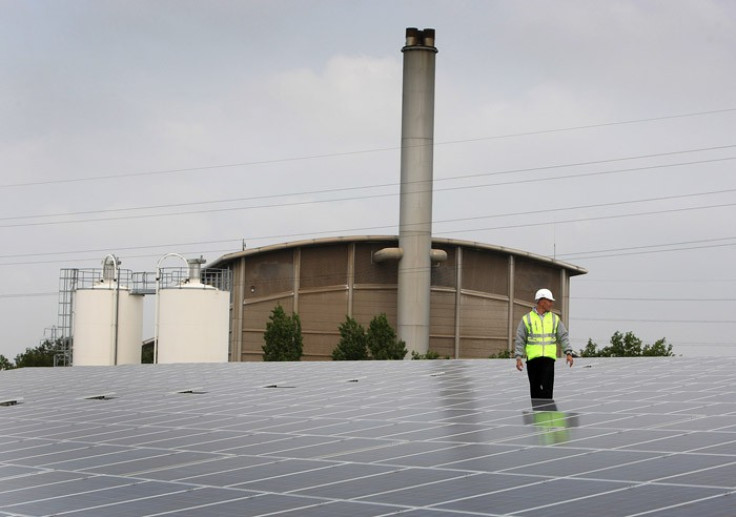Sewer Fatbergs Fuel London's Energy Demands [VIDEO]
Waste chip oil and cooking grease from London restaurants harvested and turned into renewable energy source.

Fat from London's sewers is to be used to feed the world's biggest fat-fuelled power station.
Thames Water plans to harvest solidified fat dumped in drains and deliver it to a power plant developed and run by green utility company 2OC.
The energy company will provide power to Britain's biggest sewage works in Beckton, east London. The power plant is located on the same site.
Fat that goes down drains eventually solidifies to form "fatbergs", which clog up city sewers.
Thames Water has to clear around 80,000 blockages every year at a cost of £10m. Around half of these are caused by fatbergs.
Flusher Rob Smith explained that pumps are used to help move the fat through and out of the system, "so we've got a clear avenue for the fat to go through, because fat will just float on the top of the sewage".
FGOs (fats, oils and grease) will be taken from traps beneath 10,000 restaurants in central London, bypassing the sewer system.

It will then be taken to the 2OC plant where it will be used to produce 130 gigawatt-hours of renewable energy every year - enough to run 39,000 average-sized homes.
Thames Water has agreed to buy 75GWh of the plant's output to run its Beckon works, which serves 3.5 million people. Any remaining power will be sold on to the national grid.
The company has also promised to provide half of the fuel 2OC needs to run the plant, which equates to 30 tonnes of fat every day. The rest of the fuel will come from waste vegetable oils and animal fat.
Andrew Mercer, chief executive of 2OC, said: "This is good for us, the environment, Thames Water and its customers. Our renewable power and heat from waste oils and fats is fully sustainable. When Thames doesn't need our output, it will be made available to the grid meaning that power will be sourced, generated and used in London by Londoners."
Piers Clark, commercial director for Thames Water, added: "This project is a win-win: renewable power, hedged from the price fluctuations of the non-renewable mainstream power markets, and helping tackle the ongoing operational problem of fatbergs in sewers."
2OC has until April 2015 to get the plant running so it can qualify for government subsidies. The project is expected to be closely monitored by cities worldwide.
© Copyright IBTimes 2024. All rights reserved.







